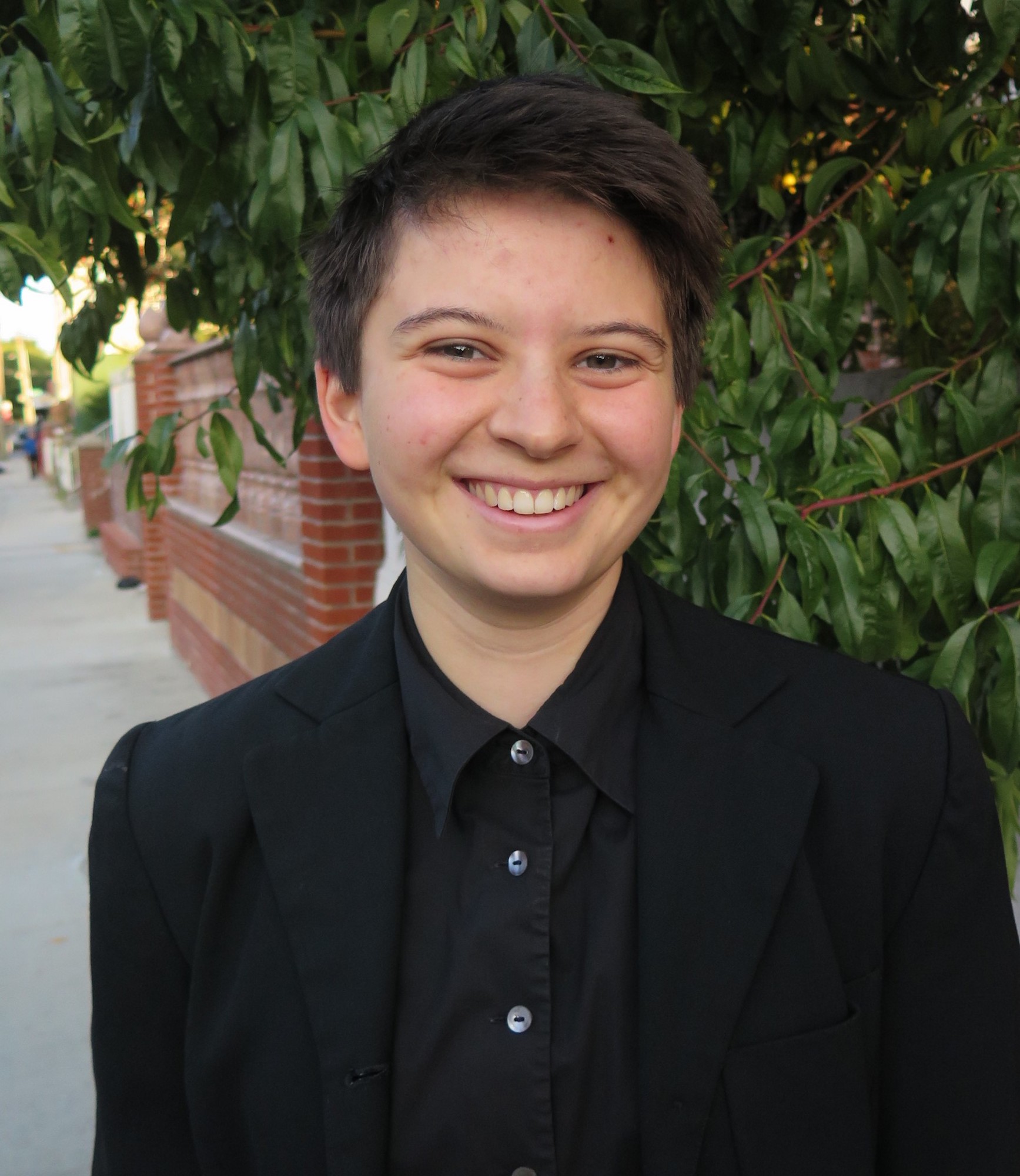
Does subliminal messaging really work?
Can subliminal advertising influence your mind?

Subliminal messaging was born in a New Jersey movie theater in the summer of 1957. During the Academy Award-winning film "Picnic," market researcher James Vicary flashed advertisements on the screen every 5 seconds. The interruptions were so fast — 1/3,000th of a second — that they were undetectable by the conscious mind. Yet the fleeting advertisements of "Drink Coca-Cola" and "Hungry? Eat Popcorn" reportedly increased Coke sales by 18.1% and popcorn by 57.8%.
Or so the story goes. Eventually, the president of the psychological test company Psychological Corp. challenged Vicary to replicate his experiment. After failing to re-create the gains in sales, Vicary admitted he had fabricated the results. Some experts believe he never completed the original experiment at all.
So, like Vicary's experiment, is subliminal messaging a hoax? Or does it actually work?
Related: How accurate Is the Myers-Briggs personality test?
"Subliminal advertising is thought to be a pretty potent form of influence. But there's really not much on which to base that conclusion," said Ian Zimmerman, an assistant professor of psychology at the University of Minnesota Duluth. However, the method is not completely made up. "Subliminal messaging can actually be influential," Zimmerman told Live Science. But its power is hedged by many if's, including whether the audience is in the mood for the product being advertised.
In theory, subliminal messages deliver an idea that the conscious mind doesn't detect. The brain may ignore the information because it is delivered quickly. For example, the word "RATS" flickered briefly across the screen during an attack ad that the George W. Bush campaign launched to smear presidential candidate Al Gore during the 2000 election. An influential word can also be shrouded by imagery, such as "sex" spelled out by ice cubes in a Gilbey’s Gin advertisement. Whether these attempts affected voters and consumers is unknown.
But scientists do know that subliminal messaging works in the lab. Researchers inserted a dozen frames of a Coca-Cola can and another dozen of the word "thirsty" into an episode of the TV show "The Simpsons." Participants reported being an average of 27% thirstier after the viewing than they were before, whereas the control group was slightly less thirsty afterward, according to a 2002 study published in the Journal of Applied Social Psychology. Similarly, when given a subliminal priming of the iced tea brand Lipton Ice during a computer task, people chose the drink over another beverage — but only when they were thirsty, according to a 2006 study published in the Journal of Experimental Social Psychology.
Sign up for the Live Science daily newsletter now
Get the world’s most fascinating discoveries delivered straight to your inbox.
In short, it appears that subliminal messaging works best when it taps into an existing desire. "If we're not currently experiencing whatever kind of need or goal the subliminal message taps into, it probably won't be very effective," Zimmerman said.
When subliminal influences do occur, they don't last long. Influences lasting 25 minutes are about the cap, according to a 2016 study in the journal Neuroscience of Consciousness. In other words, subliminal ads trying to get someone off the couch and into a store probably aren't effective.
"They can't make you go buy something you don't want or vote for a political candidate you don't like," Zimmerman said. "The messages just aren't that powerful."
- Can you learn anything while you sleep?
- Why can't we remember our dreams?
- Why does time fly when you're having fun?
Originally published on Live Science.

Tyler Santora is a freelance science and health journalist based out of Colorado. They write for publications such as Scientific American, Nature Medicine, Medscape, Undark, Popular Science, Audubon magazine, and many more. Previously, Tyler was the health and science Editor for Fatherly. They graduated from Oberlin College with a bachelor's degree in biology and New York University with a master's in science journalism.









